Ever stood in line at the Colosseum, sandwiched between tour groups and selfie sticks, wondering if this is really the best way to experience the Eternal City? Rome welcomes millions of visitors each year, but that doesn’t mean you have to share your gelato with all of them at once.
Here’s how to discover Rome’s magic without feeling like you’re stuck in a tourist conveyor belt.
Dawn at the Pantheon
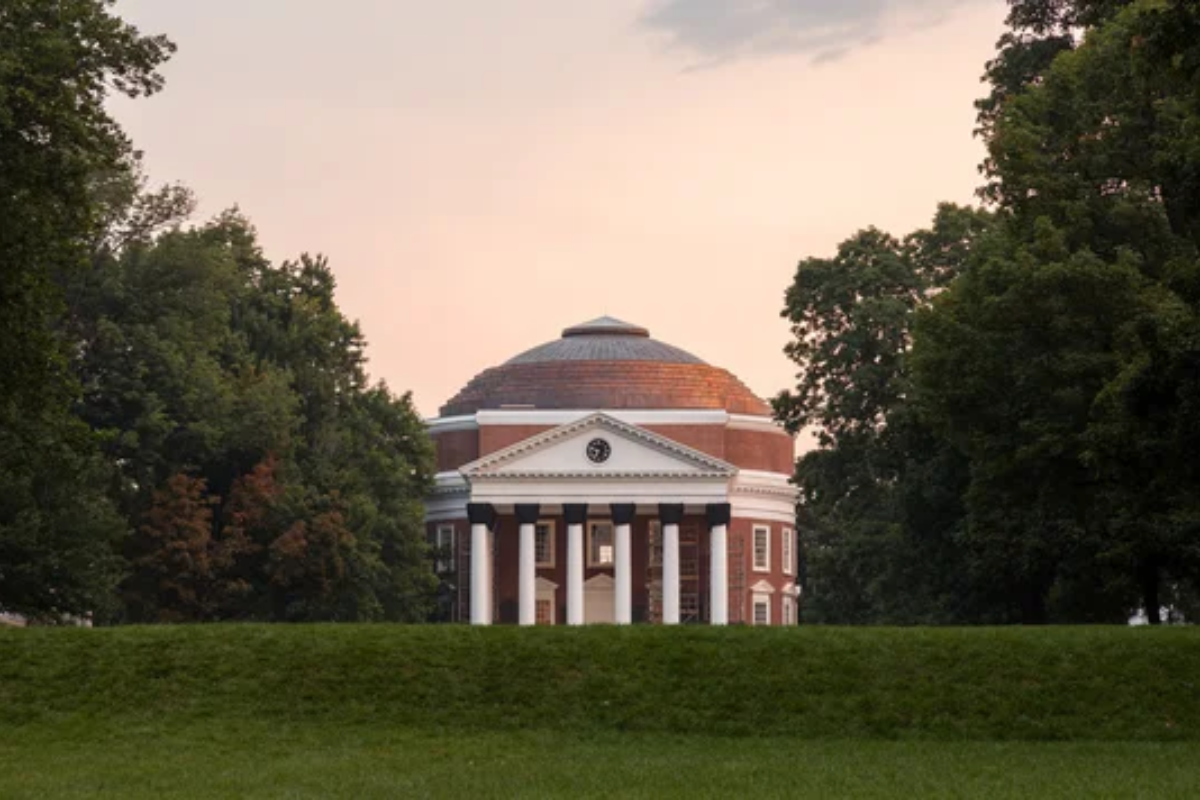
The ancient dome that inspired centuries of architecture takes on a different personality at sunrise. Early morning light streams through the oculus, creating a spotlight that slowly moves across the marble floor like a sundial, marking the start of another Roman day.
The piazza outside stands remarkably empty, save for a few locals heading to work and cafe owners setting up their morning displays. Without the usual crowds, you can actually hear your footsteps echo off the 2,000-year-old walls and truly appreciate how this architectural marvel has survived since ancient times.
The Aventine Keyhole
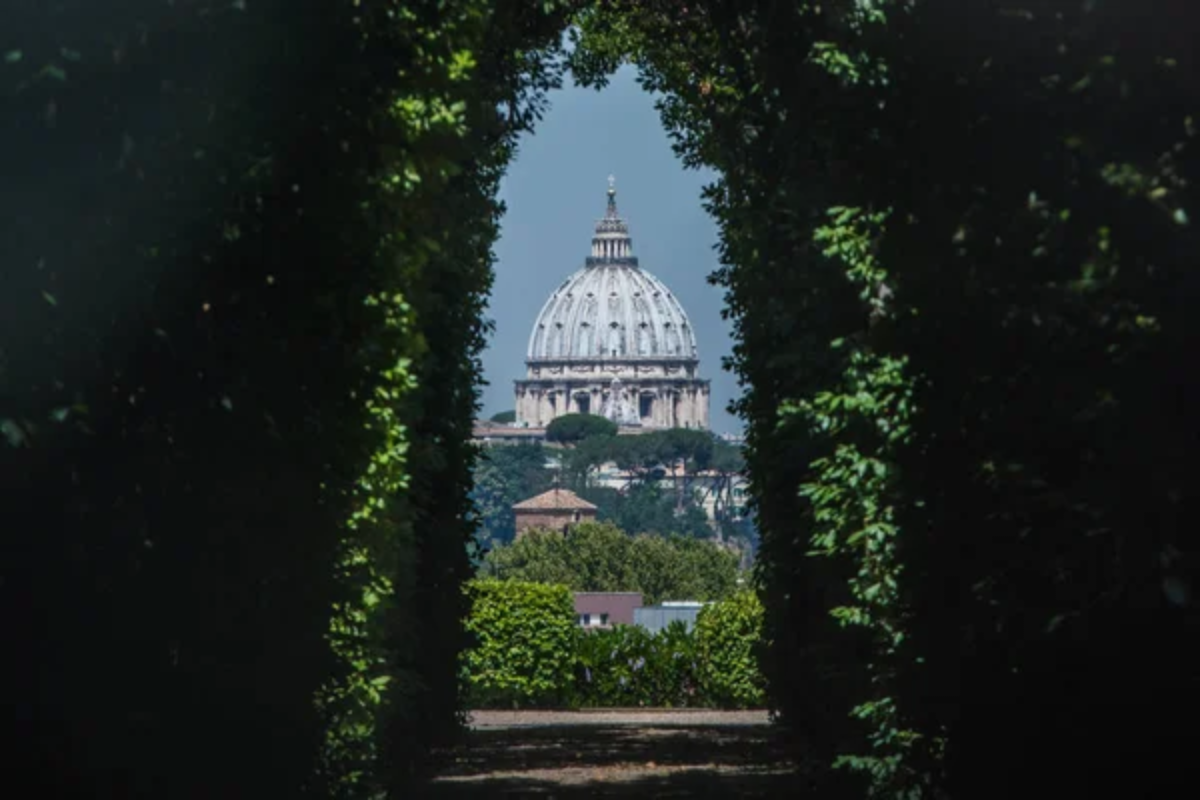
On one of Rome’s seven hills sits a simple green door that holds one of the city’s best-kept secrets. Peek through its keyhole, and you’ll find a perfectly framed view of St. Peter’s dome, lined up like a masterful photograph through a tunnel of manicured hedges.
The small line that forms here during midday disappears entirely in the early morning or just before sunset. The surrounding Orange Garden offers spectacular views over the city and the nearby Rose Garden blooms with over 1,100 varieties of roses in spring.
Like Travel Pug’s content? Follow us on MSN.
Underground San Clemente
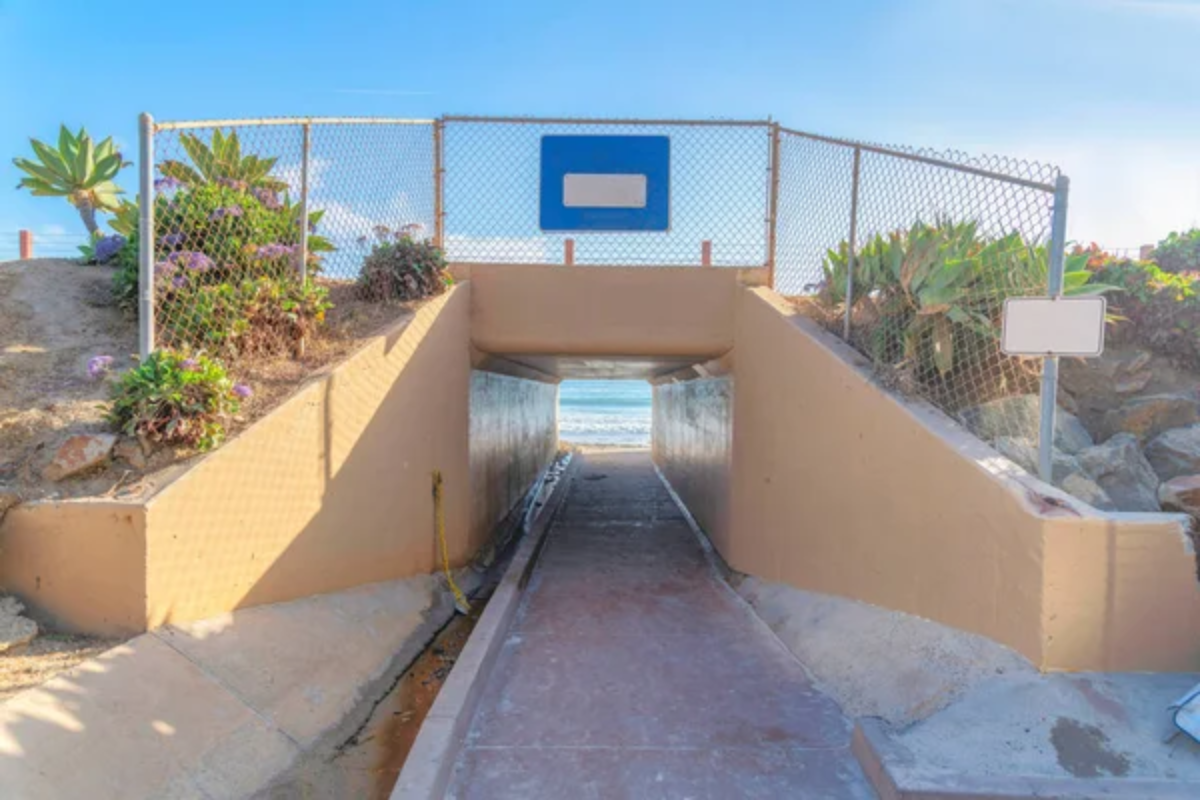
While tourists queue for the Colosseum, smart travelers head to this nearby three-tiered church that literally takes you through layers of Roman history. Descend below the medieval church to find a 4th-century basilica decorated with fascinating frescoes.
Go even deeper to discover a 2nd-century Mithraic temple and a 1st-century Roman house, complete with a still-functioning ancient spring. The sound of the running water, unchanged for two millennia, creates an eerie connection to ancient Rome that few experience.
Morning Market at Campo de’ Fiori
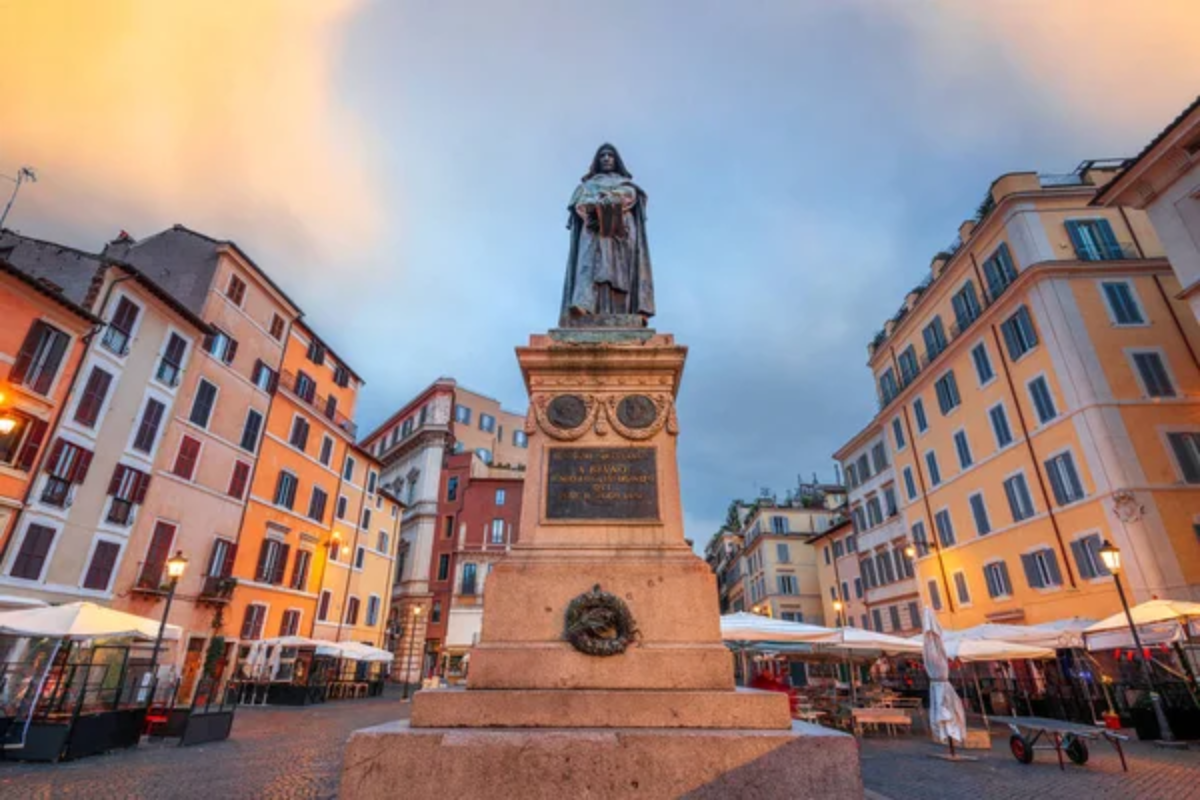
Skip the crowded afternoon hours and arrive just as vendors begin setting up their colorful displays of produce, spices, and flowers. The morning light catches the bronze statue of philosopher Giordano Bruno, who seems to watch over the daily spectacle just as he has since 1889.
Local chefs bargain for the best ingredients, while elderly Romans inspect every tomato before making their selection. The surrounding cafes serve the perfect morning cappuccino without the tourist markup you’ll find later in the day.
Secret Gardens of Trastevere
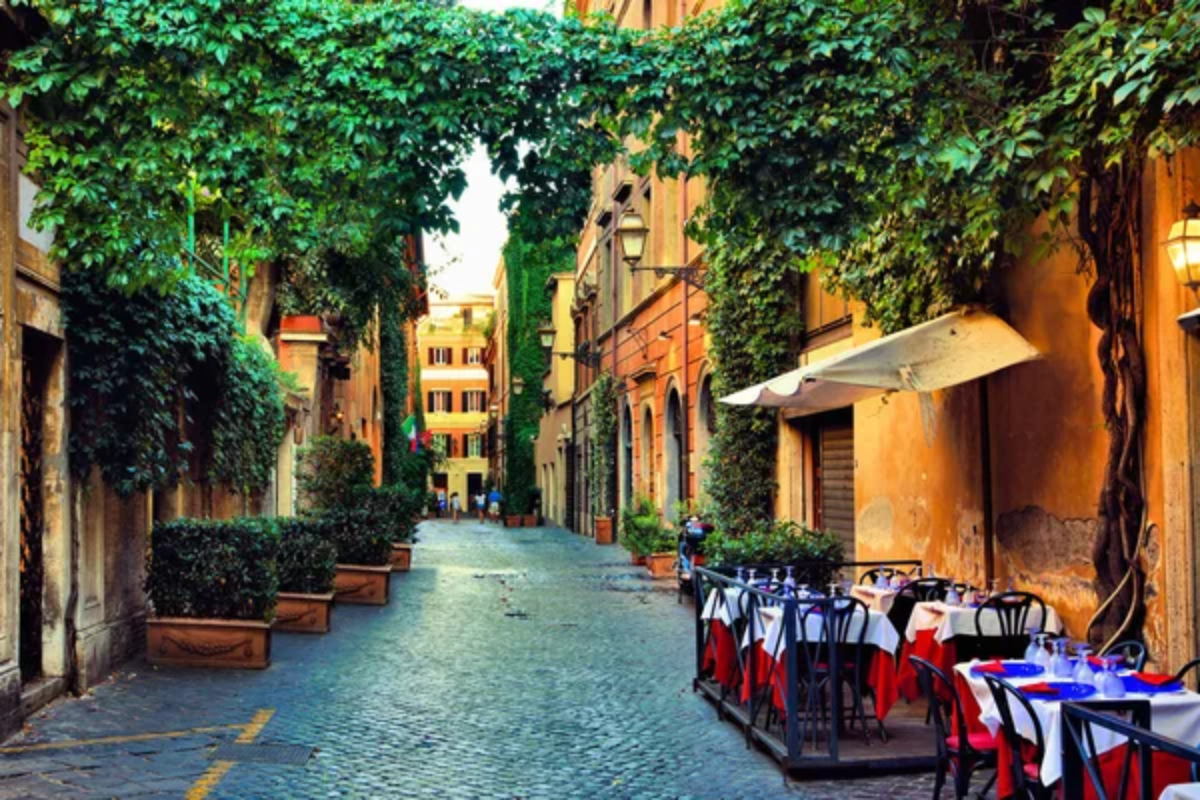
Behind the busy streets of Rome’s most charming neighborhood lie hidden courtyards and private gardens that few tourists ever see. The botanical garden on Via della Lungara houses bamboo groves, Japanese gardens, and medicinal herbs in a peaceful setting that feels miles away from the city.
Ancient fountains provide a cooling mist in summer, while winter brings the subtle fragrance of blooming camellias. Local university students use these gardens as outdoor study halls, proving that some of Rome’s best spots remain relatively undiscovered.
Like Travel Pug’s content? Follow us on MSN.
The Other Catacombs
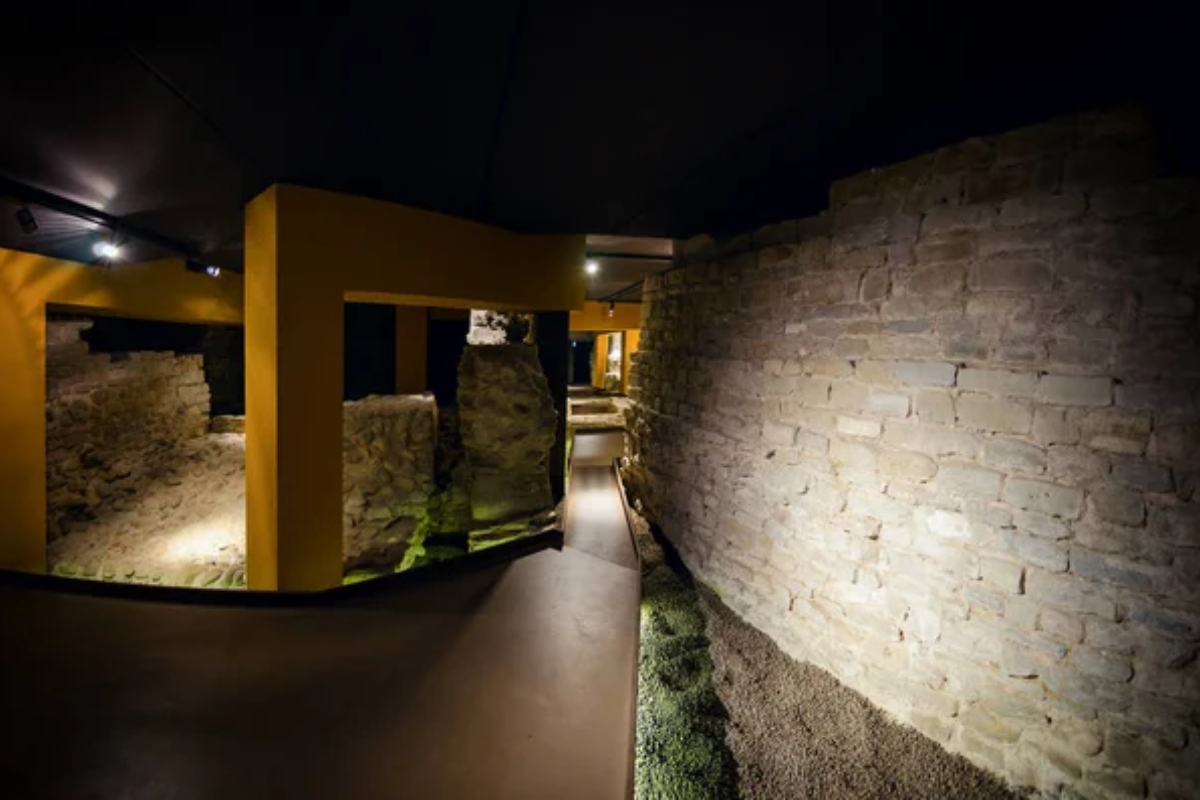
While tour buses line up at the popular Catacombs of San Callisto, the lesser-known Catacombs of San Sebastiano offer an equally fascinating journey into Rome’s underground history. These tunnels stretch for miles, containing elaborate family tombs and early Christian art that rival their more famous counterparts.
The smaller number of visitors means guides can spend more time explaining the fascinating symbolism and stories behind the tombs. The surrounding Via Appia Antica offers a peaceful walk along ancient Roman tombstones and umbrella pines.
Palazzo Doria Pamphilj’s Hidden Treasures
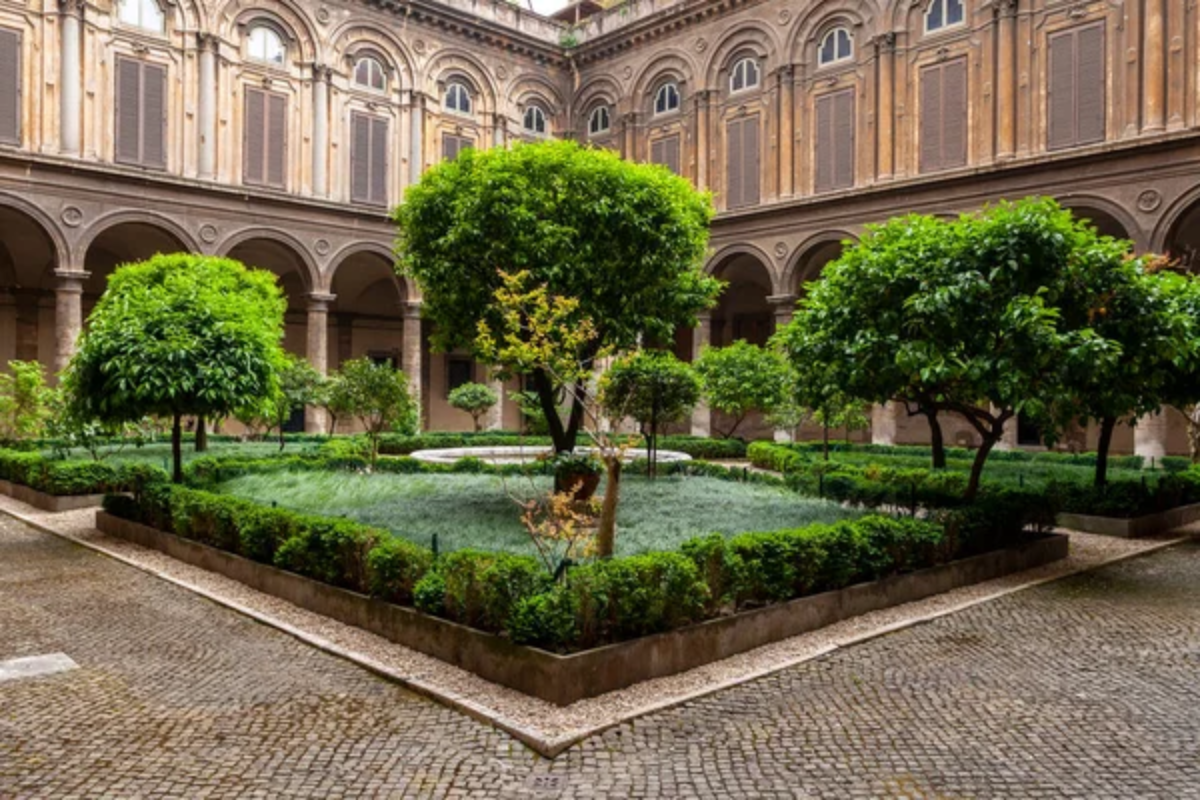
This baroque palace still belongs to the original family and houses one of Rome’s finest private art collections, yet somehow remains off most tourist radars. Velázquez’s famous portrait of Pope Innocent X hangs in its original setting, surrounded by Caravaggios and Titians that would be centerpieces in any other museum.
The audio guide, narrated by a current family member, adds personal touches to the palace’s history that make you feel like an invited guest rather than a tourist.
Sunset from the Gianicolo
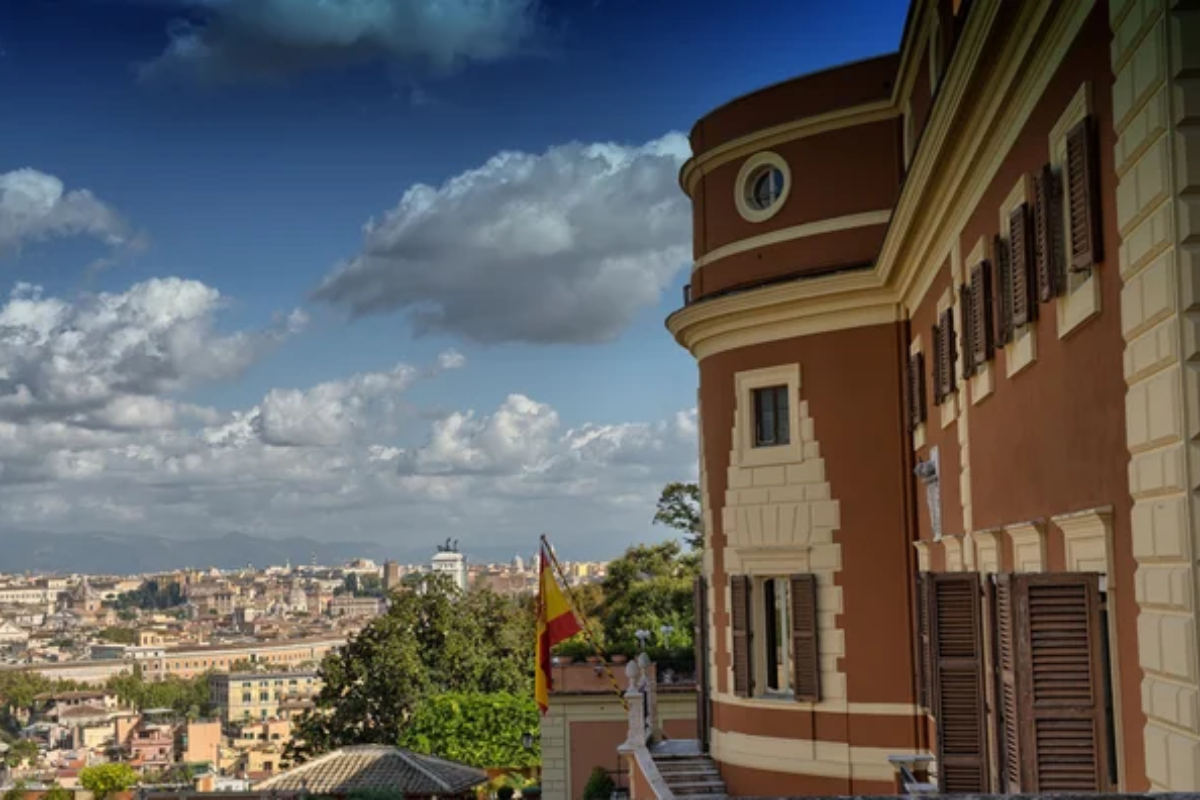
While crowds gather at the Spanish Steps for sunset, locals head to this hill for Rome’s best views. The evening light paints the city’s domes and bell towers in shades of gold, while the distant mountains provide a dramatic backdrop.
A historic cannon fires every day at noon, continuing a tradition from 1847. The nearby Fontana dell’Acqua Paola offers a grand ba
Like Travel Pug’s content? Follow us on MSN.
Early Mass at Santa Maria in Trastevere
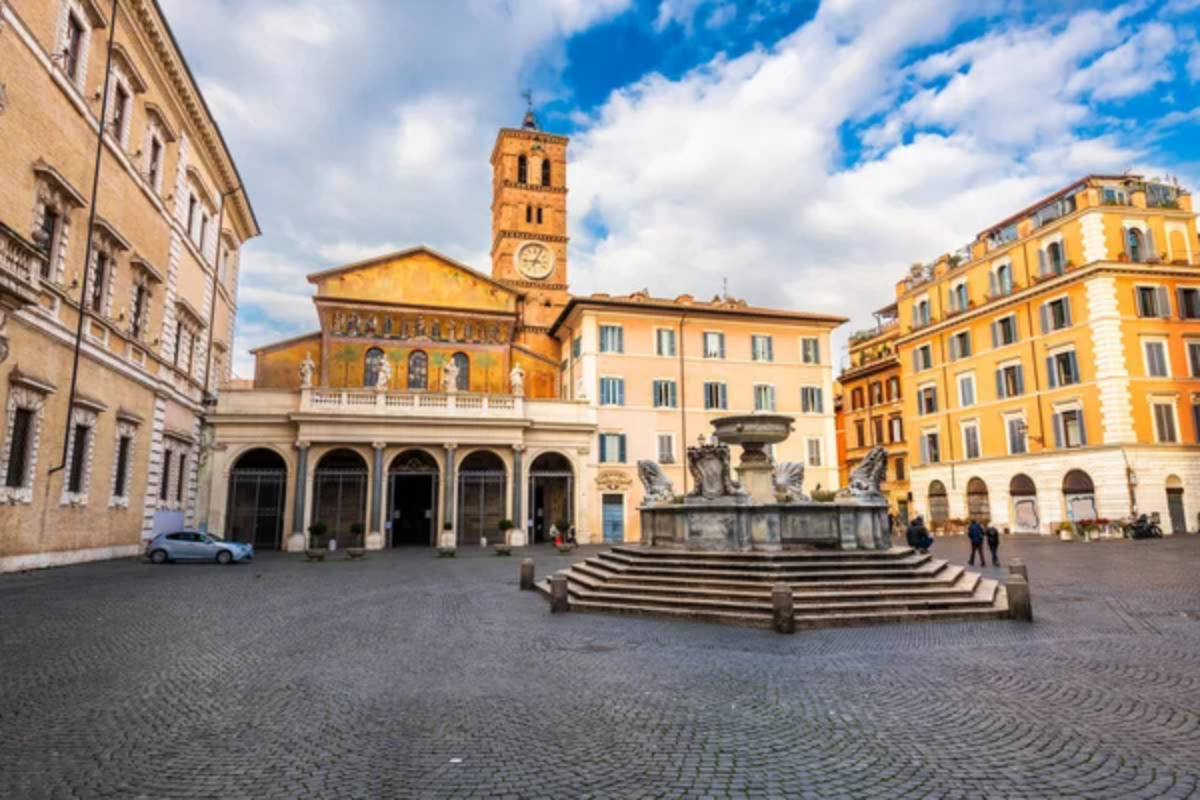
This ancient basilica glows with golden mosaics that seem even more spectacular during early morning mass. Sunlight filters through alabaster windows, creating an atmosphere that hasn’t changed much since medieval times.
The morning service attracts mostly locals, making it feel more authentic than the tourist-filled afternoon hours. The piazza outside slowly comes to life as church bells echo off centuries-old buildings.
Hidden Courtyards of the Jewish Ghetto
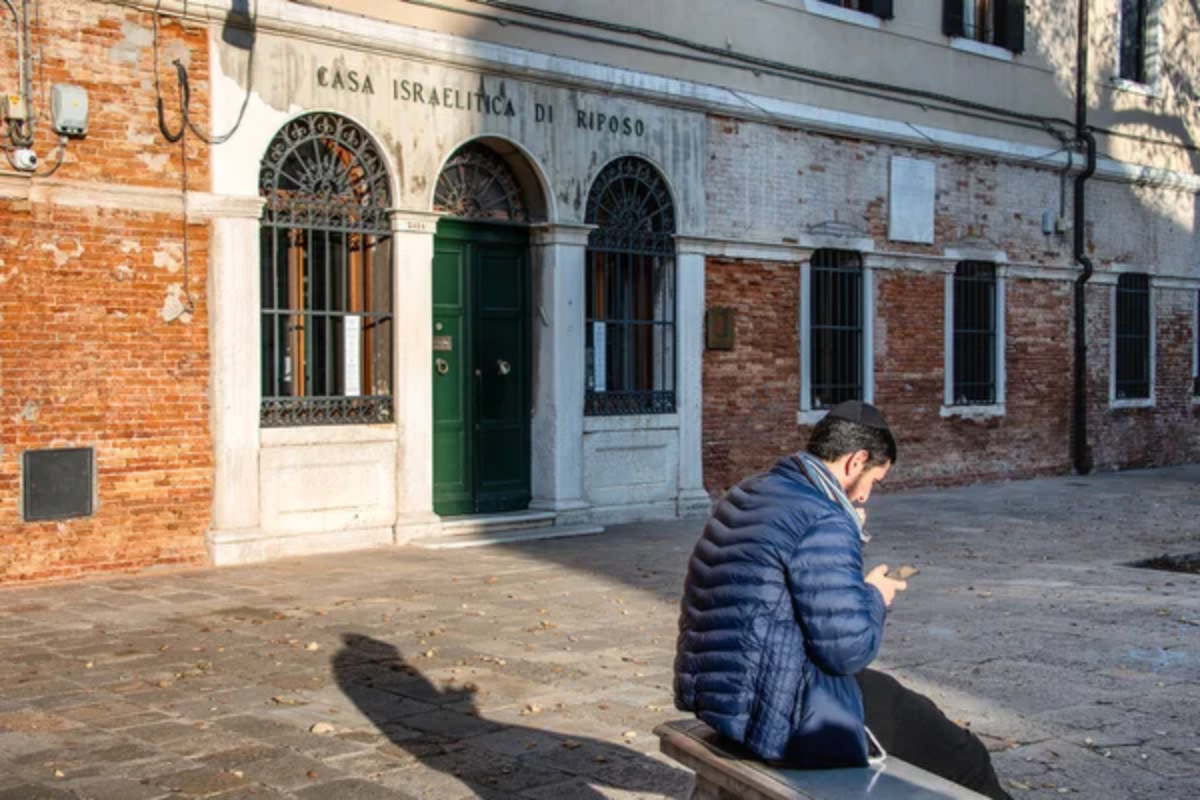
Rome’s Jewish Quarter harbors quiet courtyards and hidden synagogues that tell stories of Europe’s oldest Jewish community. Ancient Roman columns, repurposed into medieval buildings, appear unexpectedly in restaurant walls and courtyard corners.
The kosher bakeries here serve unique Roman-Jewish pastries that combine centuries of cultural influences. Morning walks reveal locals shopping for fresh-baked pizza ebraica and chatting in their distinctive Roman-Jewish dialect.
The Quiet Side of the Roman Forum
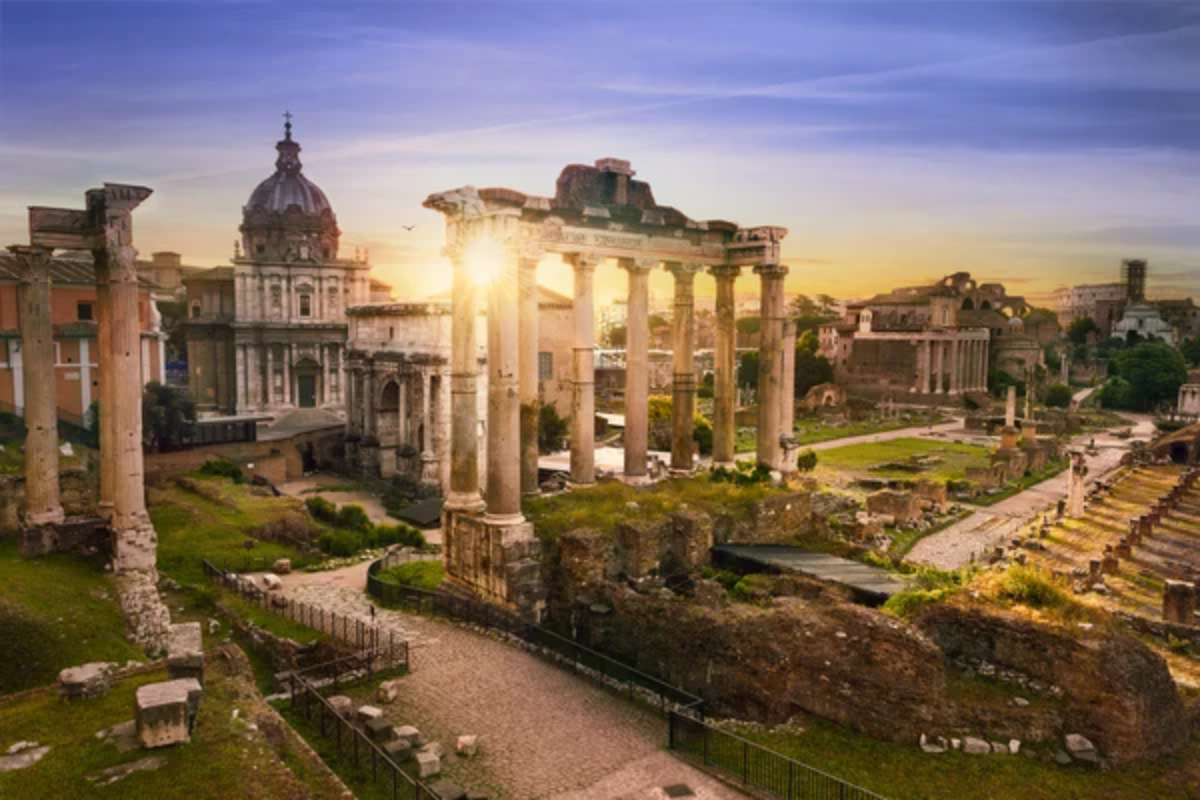
Enter through the less-used entrance near the Arch of Titus to explore the Forum in reverse of the typical tourist flow. The Temple of Antoninus and Faustina, which was converted into a church in the 7th century, offers a perfect example of how Rome continuously adapts ancient structures.
The morning light creates dramatic shadows across ruins that once formed the heart of the Roman Empire. Views from the Palatine Hill provide a different perspective on the Forum that most tourists miss.
Like Travel Pug’s content? Follow us on MSN.
Villa Farnesina’s Hidden Frescoes
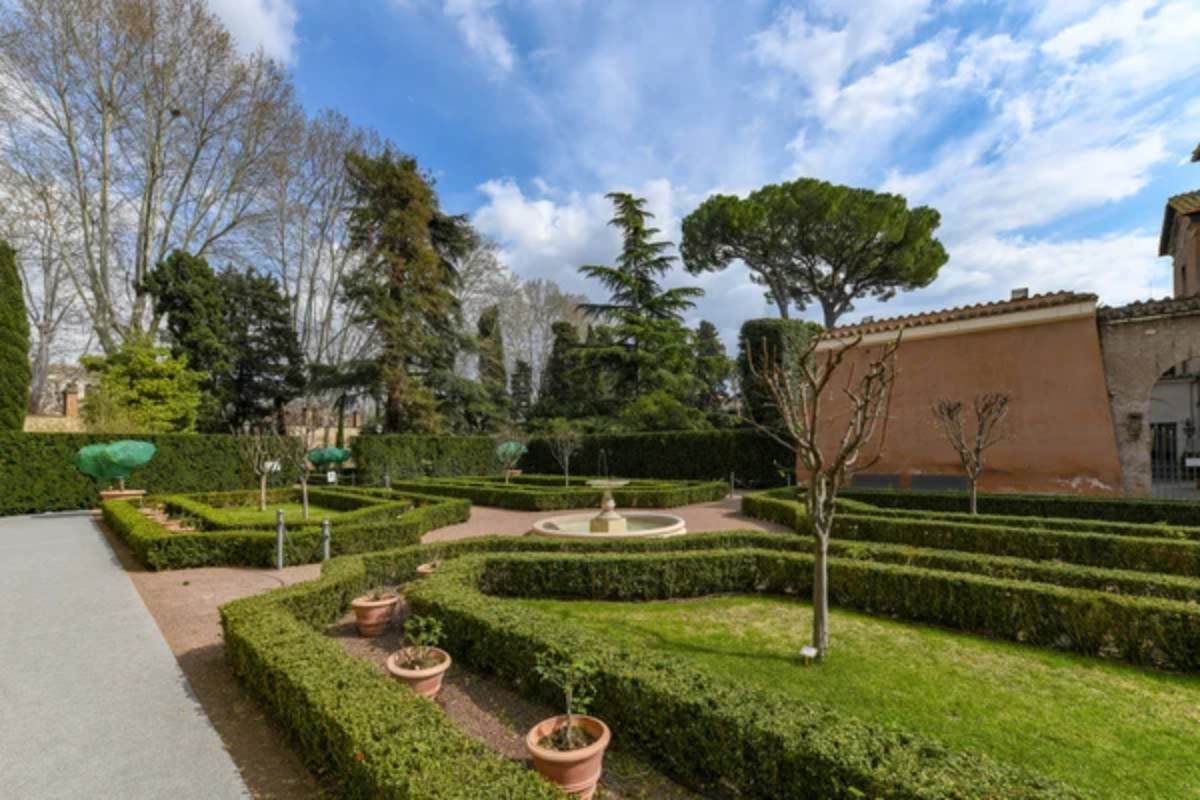
This Renaissance villa houses some of Rome’s most beautiful frescoes but sees only a fraction of the visitors that crowd the Vatican Museums. Raphael’s masterpieces cover entire rooms with mythological scenes that rival his more famous works.
The loggia features incredible trompe l’oeil architectural details that create the illusion of open views across a Renaissance garden. The actual garden, though smaller now than in its heyday, still provides a peaceful retreat.
Appia Antica by Bicycle
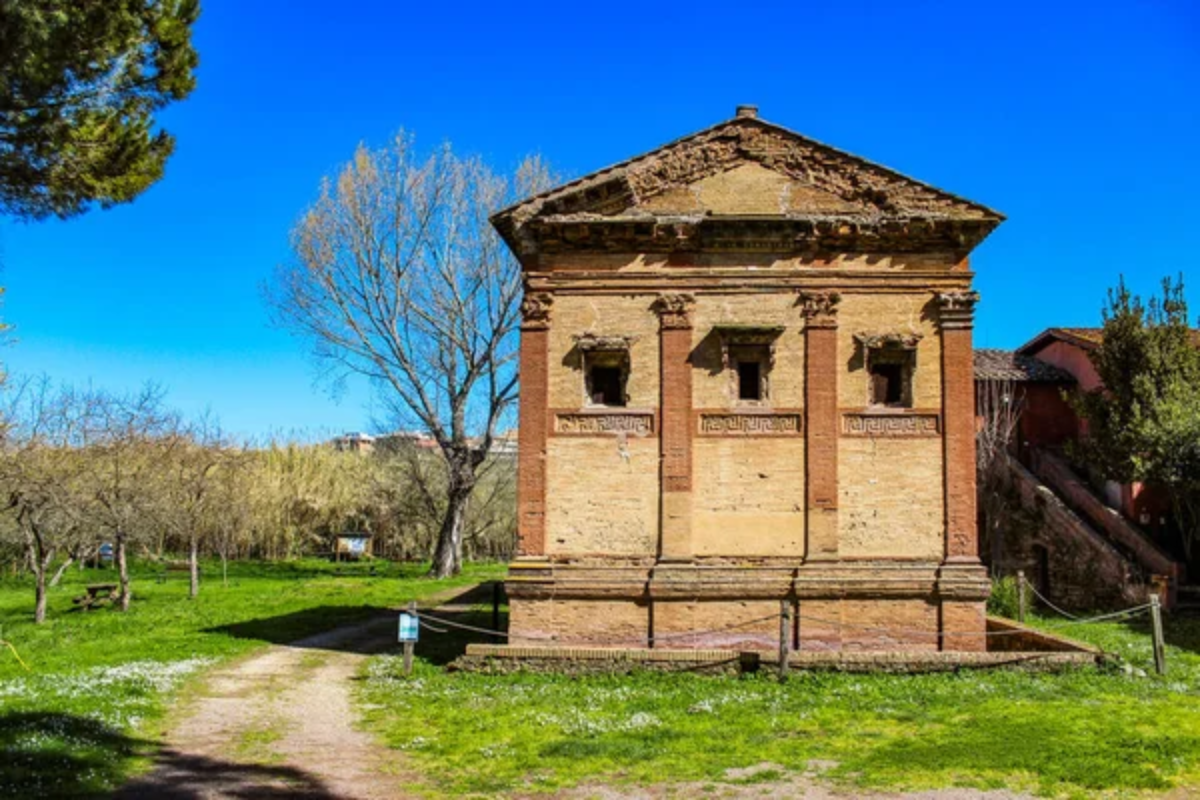
Rent a bike early Sunday morning when this ancient Roman road closes to traffic, allowing you to cycle past Roman tombs and aqueducts without competing with cars. The Roman countryside reveals itself as you pedal further from the city, with sheep grazing among ancient ruins.
Local families often picnic in the park areas, creating a festive atmosphere that feels more Roman than touristy. The ancient pavement, though bumpy, tells stories of legions and merchants who traveled this same road thousands of years ago.
Palazzo Colonna’s Saturday Splendor
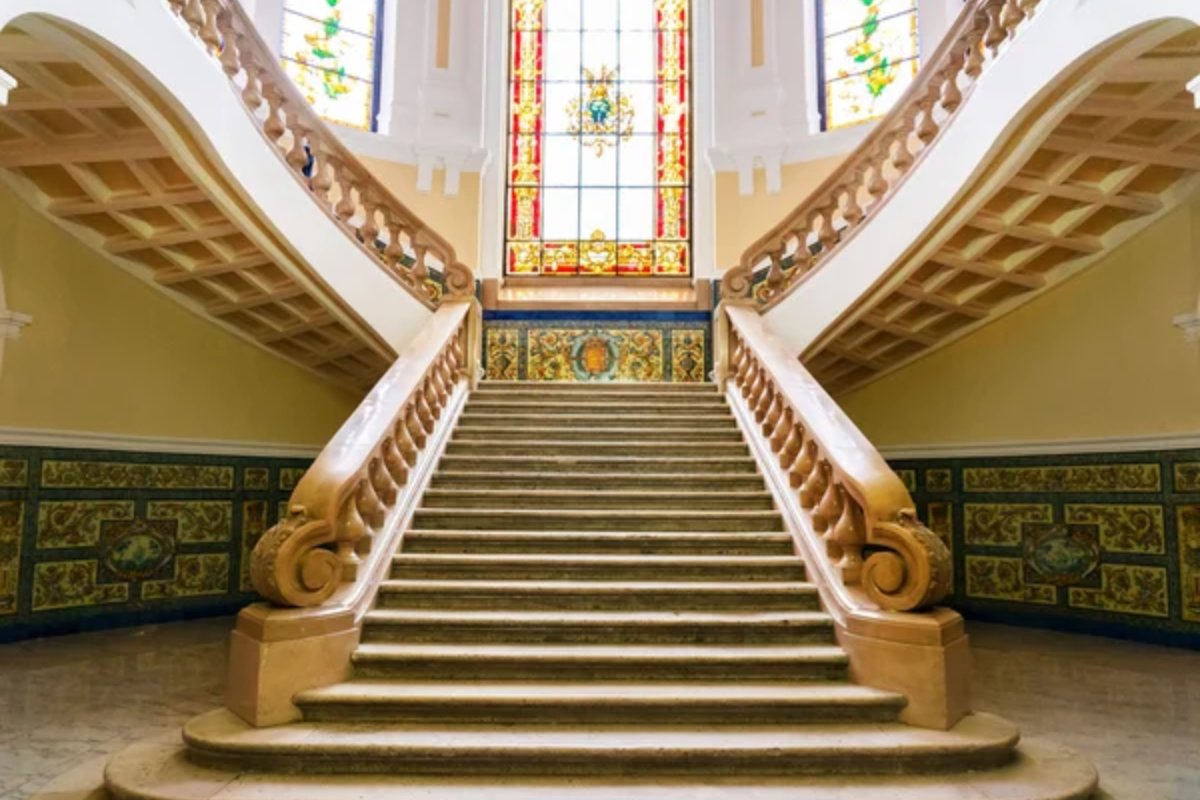
Open only on Saturday mornings, this baroque palace offers a glimpse into Rome’s aristocratic past without the usual tourist crowds. The Galleria Colonna showcases an impressive art collection in rooms so ornate they rival Versailles.
Mirrors and marble create endless reflections that make the already massive space seem infinite. The family still lives in parts of the palace, adding an air of authenticity to the experience.
Like Travel Pug’s content? Follow us on MSN.
Dawn at the Markets of Testaccio
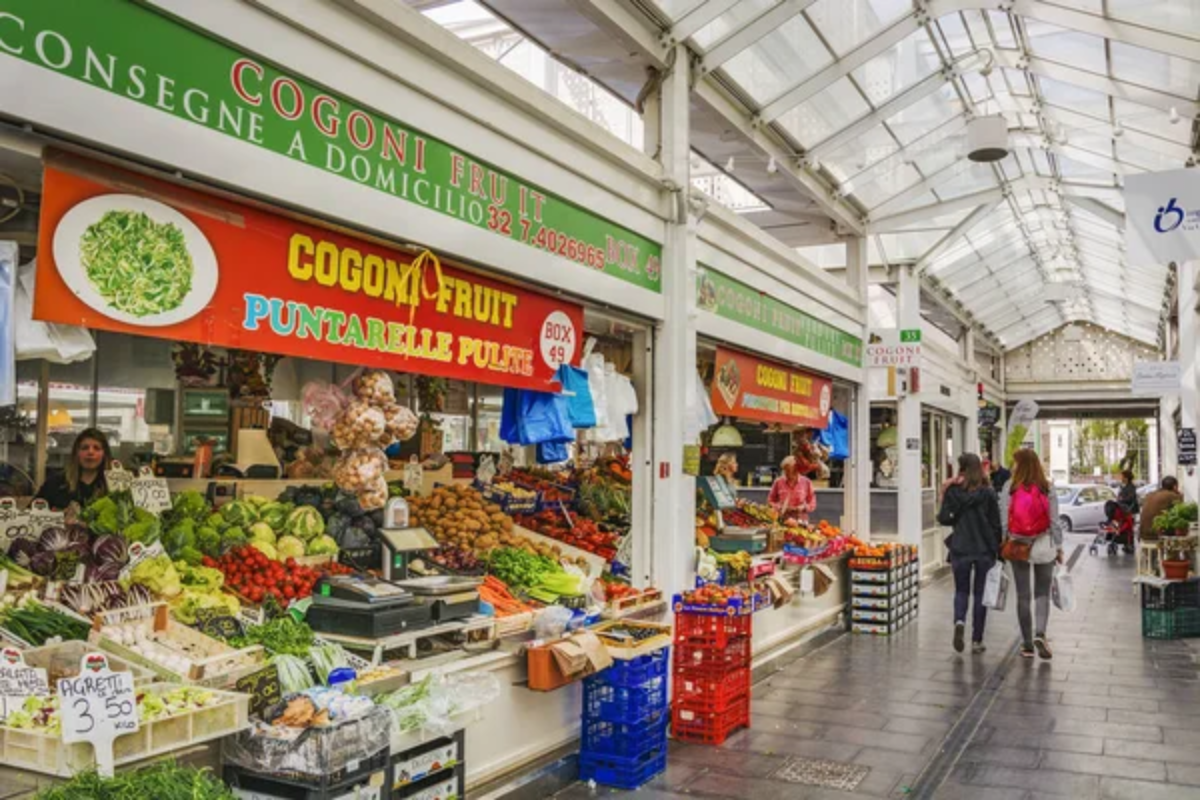
This working-class neighborhood houses Rome’s most authentic food market, where locals have shopped for generations. Morning reveals vendors arranging pristine displays of artichokes, tomatoes, and fresh pasta.
The market’s modern building incorporates an ancient Roman wall, showcasing Rome’s layers of history. The surrounding streets offer some of Rome’s best traditional restaurants, where tourists are still outnumbered by locals.
The Quiet Cloisters
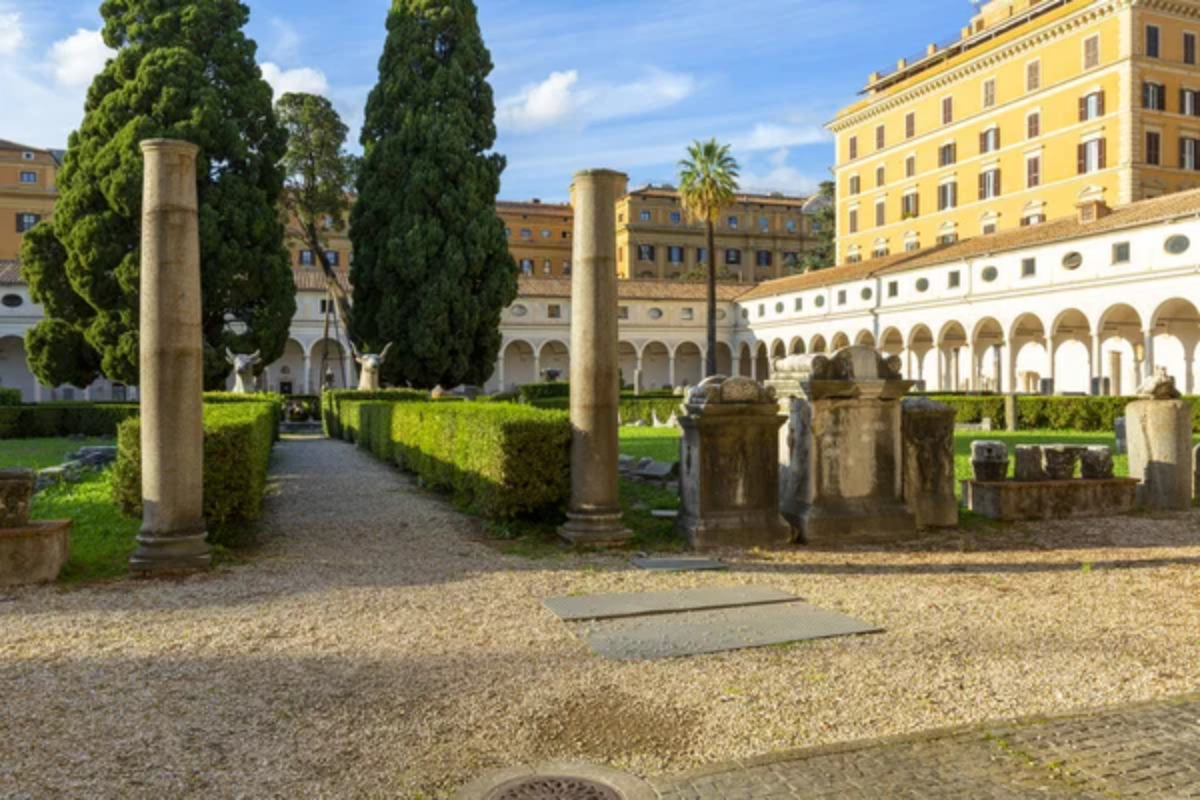
While crowds flock to major churches, Rome’s peaceful cloisters offer quiet spaces for reflection. The Basilica of St. John Lateran’s cloister combines delicate twisted columns with medieval mosaics in a serene setting.
Monks still tend to these gardens using traditional methods passed down through centuries. The fountain’s gentle splashing provides a peaceful soundtrack for contemplating Rome’s spiritual heritage.
Palazzo Spada’s Forced Perspective
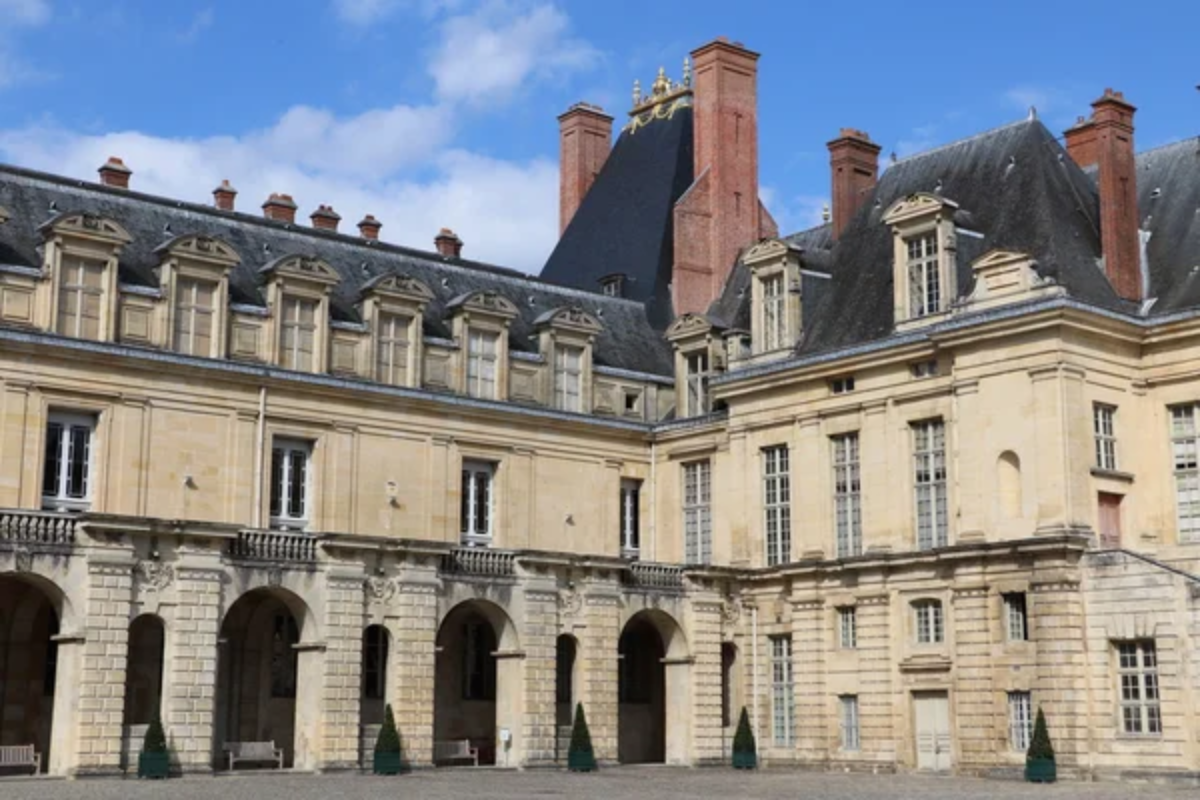
This baroque palace houses a clever optical illusion that delights the few visitors who find it. Architect Borromini created a colonnade that appears to be 121 feet long but actually measures only 26 feet.
A tiny statue at the end appears life-sized due to this masterful manipulation of perspective. The palace’s art gallery houses impressive works without the crowds found at larger museums.
Like Travel Pug’s content? Follow us on MSN.
The Other Vatican Museums
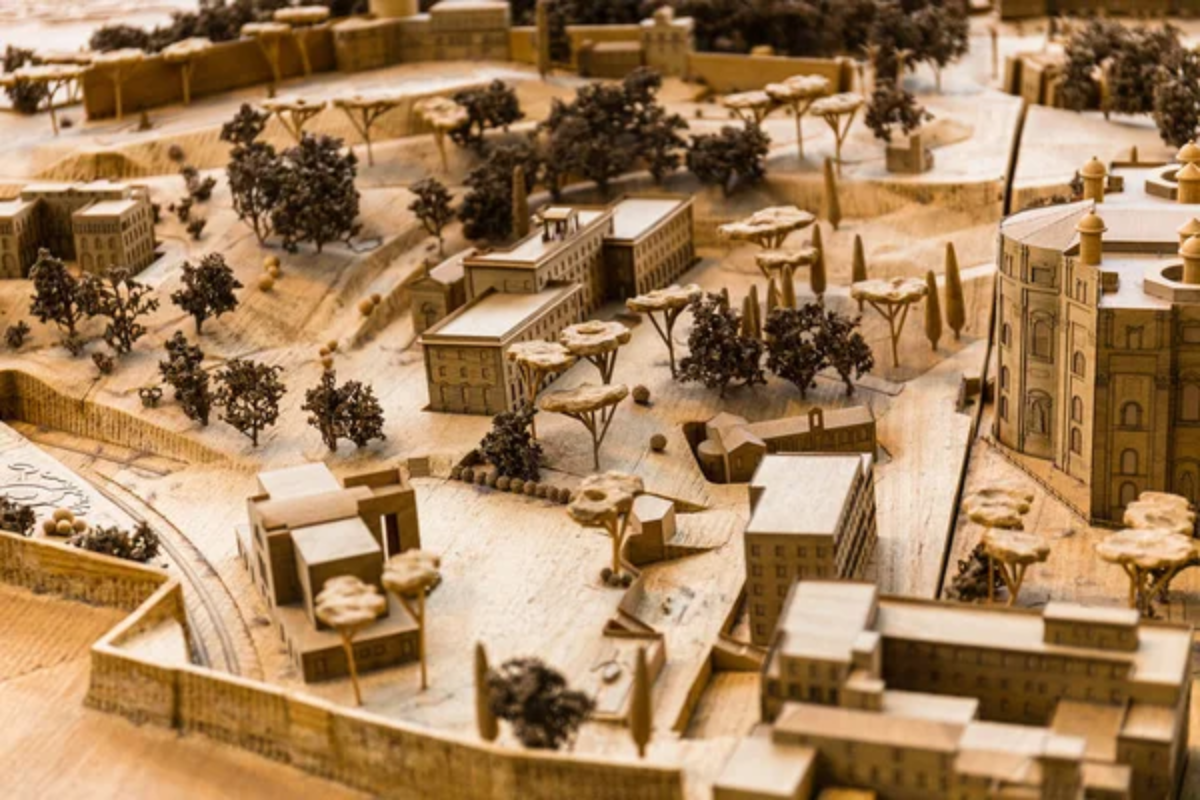
Book the first entry time for the Vatican Museums, but instead of following crowds to the Sistine Chapel, explore the quieter Pinacoteca and Egyptian Museum first. These lesser-visited sections house incredible artworks and artifacts that many visitors rush past.
The early morning light through the windows creates perfect conditions for viewing the paintings. By the time you reach the Sistine Chapel, the early morning crowds will have moved on.
Secret Walkways of the Vittoriano
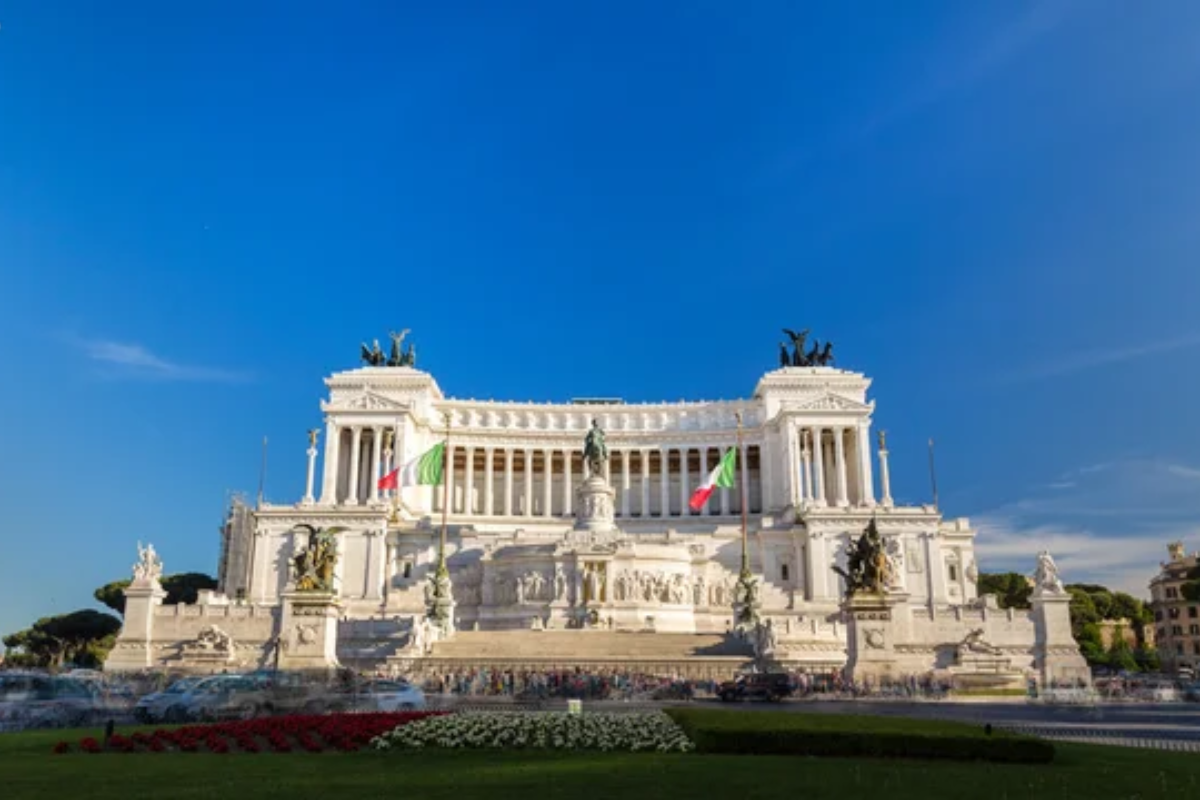
Most visitors photograph this massive monument from the front, missing the hidden elevator that leads to one of Rome’s best viewpoints. The rooftop terraces offer 360-degree views of ancient and modern Rome without the crowds found at other viewpoints.
Early evening brings spectacular lighting conditions for photography, especially of the nearby Roman Forum. The surrounding cafes provide perfect spots for aperitivo while watching the sunset over the Eternal City.
Domus Aurea’s Underground Treasures
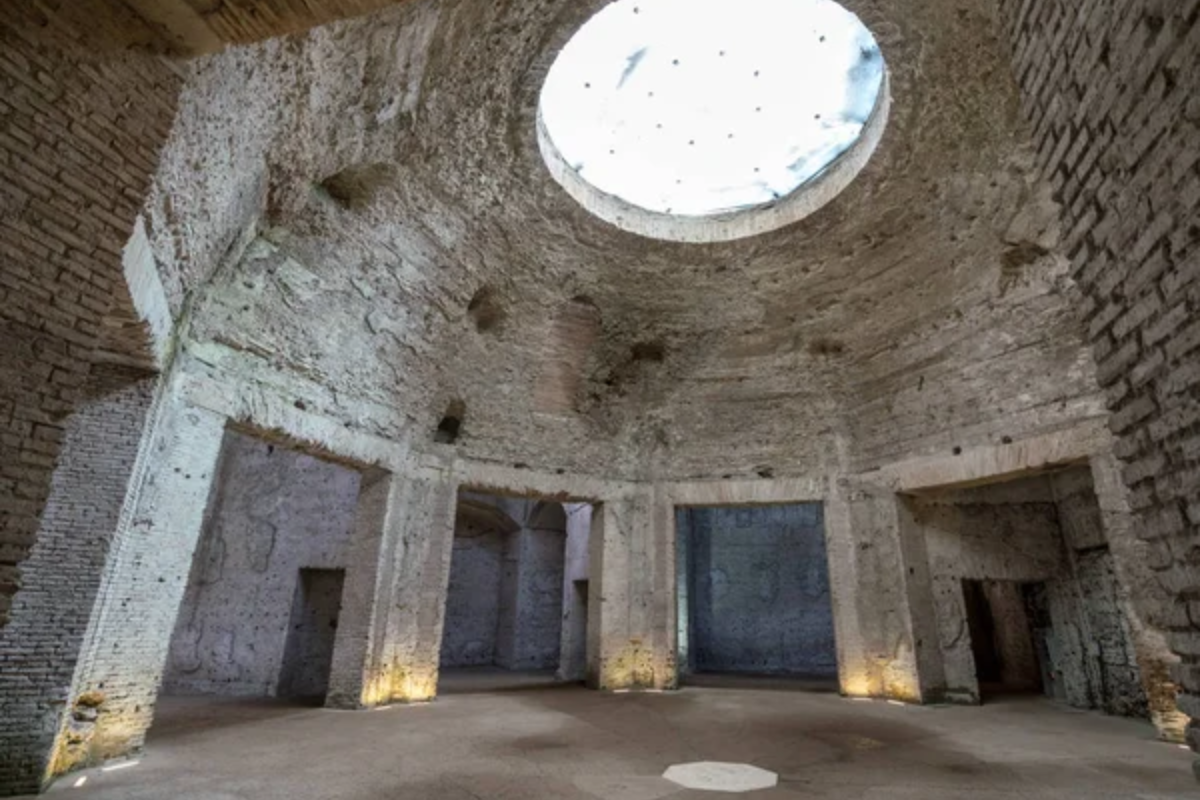
Nero’s Golden Palace, open only on weekends with advance reservations, offers an archaeological experience unlike any other in Rome. Don hard hats to explore rooms still being excavated, where archaeologists actively work to uncover new frescoes.
Virtual reality headsets recreate the palace’s original appearance, helping visitors understand its ancient splendor. The limited number of visitors and expert guides make this feel more like a private tour than a tourist attraction.
Like Travel Pug’s content? Follow us on MSN.
Rome: Best Seen at Its Own Pace
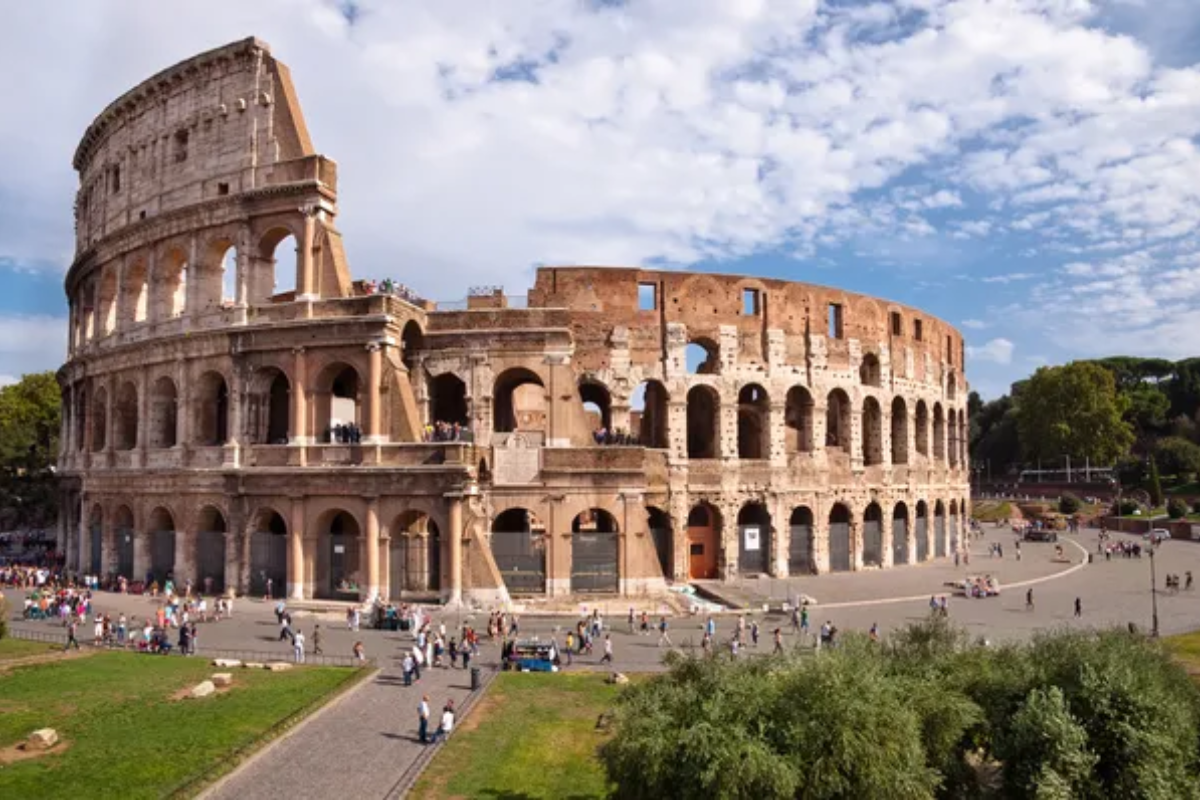
Rome reveals its true character to those who know when and where to look, away from the crowds and beyond the obvious attractions. The city operates on its own timeless rhythm, one that rewards early risers and curious wanderers who venture beyond the tourist trails.
After all, Rome wasn’t built in a day, and it certainly can’t be experienced in one, either. The real magic happens when you slow down, step aside from the masses, and let the Eternal City reveal itself at its own pace.
More from Travel Pug

- 20 Towns Built for One Purpose That Were Later Abandoned
- 15 Hidden Spots in Disney World’s Magic Kingdom Most Visitors Miss
- 15 Most Scenic Walks Anywhere in The World
- 15 Canyons in the U.S. That Are Just as Stunning as the Grand Canyon
- 10 Under-the-Radar Mountain Towns That Are Both Affordable and Beautiful
Like Travel Pug’s content? Follow us on MSN.
